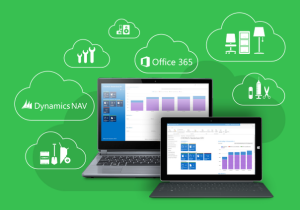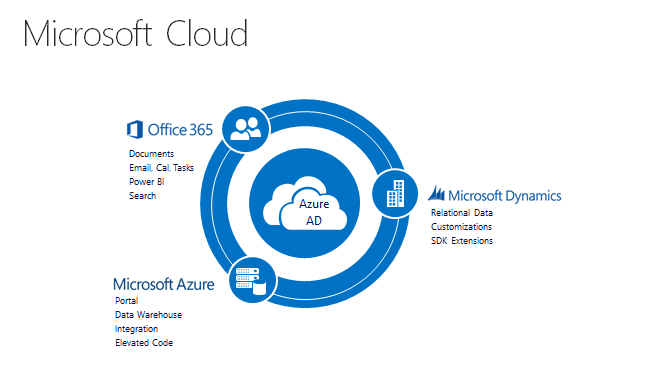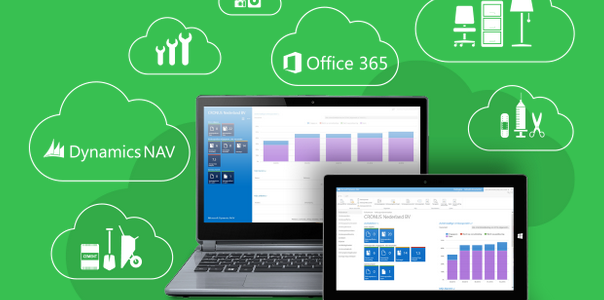 Microsoft Dynamics NAV 2016 – Microsoft Dynamics NAV 2016(formerly Microsoft Navision) is the most recent version of Microsoft Dynamics NAV, delivering comprehensive business management functionality for small and midsize businesses with new enhancements for improved business intelligence and analytical functionality. Connect all the moving parts of your organization, giving you better visibility into and control over what’s going on in your business. Try Microsoft Dynamics NAV 2016 today.
Microsoft Dynamics NAV 2016 – Microsoft Dynamics NAV 2016(formerly Microsoft Navision) is the most recent version of Microsoft Dynamics NAV, delivering comprehensive business management functionality for small and midsize businesses with new enhancements for improved business intelligence and analytical functionality. Connect all the moving parts of your organization, giving you better visibility into and control over what’s going on in your business. Try Microsoft Dynamics NAV 2016 today.
Benefits of Microsoft Dynamics NAV “In the Cloud”
1. Lowered Upfront Cost:
State-of-the-art technology is what every organization wants. However, the upfront investment may be a cost barrier to many businesses, especially small and mid-sized organizations. Since no additional hardware is needed, and payment is made monthly, businesses can save a huge initial cost. This is a cost savings which can be reallocated to business operations and used to fund business growth. Having no upfront investment in either hardware or software allows
Enterprise Software as a Service (SaaS) to relieve a company’s financial situation and helps to enhance the cash flow.
2. Less Need of Internal IT Staff and Support:
By outsourcing software to a SaaS provider, organizations would need fewer internal IT personnel. Instead of assisting user support and maintaining aging infrastructure, internal IT personnel can concentrate on improving the day-to-day technical operations and making strategic decisions.
3. Peace of Mind:
Some businesses may lack internal IT staff to support software and some may feel the maintenance of IT infrastructure is complex and time-consuming. However, as a SaaS provider hosts the software, they handle all the tasks, including server, server support, licensing, maintenance, data backups, and on-going IT support for you. The SaaS model leaves you peace of mind and allows you to focus more on core competencies to run your business.
4. True Flexibility:
Microsoft Dynamics NAV in the cloud enables you to save more by giving you the flexibility to adjust the total number of user licensing. Since subscription fee is charged monthly based on per user, you can easily change the number of users every month to fit personnel situations and avoid the expenditure of unused licensing.
5. Global Availability:
Through Internet, SaaS enables users to access Dynamics NAV anytime and anywhere. As long as there is Internet, businesses benefit from better business mobility and global availability, which lead to enhanced productivity and increased control of information.









